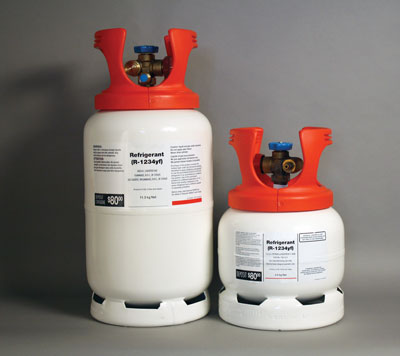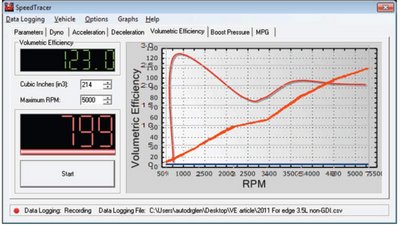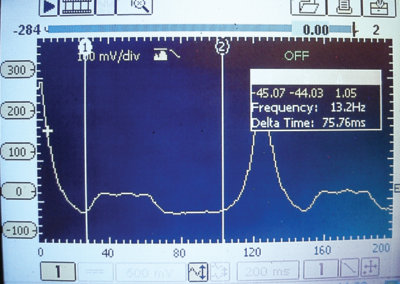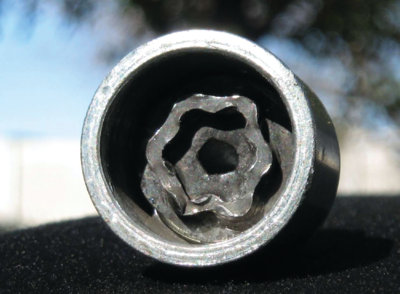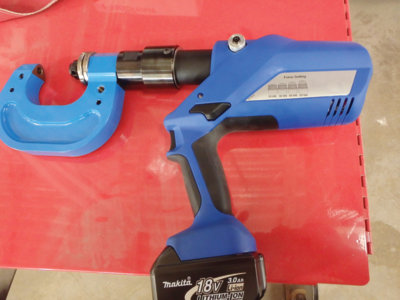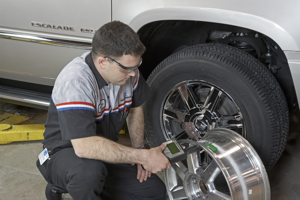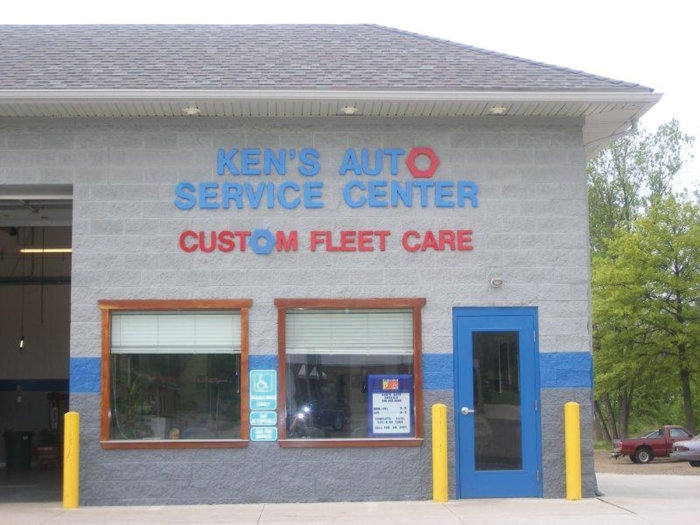 In recent years, automotive manufacturers have designed vehicles with 2- to 4- pulley drive systems that do not require a tensioner. Instead, these applications require belts with highly advanced self-tensioning capabilities.
In recent years, automotive manufacturers have designed vehicles with 2- to 4- pulley drive systems that do not require a tensioner. Instead, these applications require belts with highly advanced self-tensioning capabilities.
Stretch Fit belts look like standard v-ribbed belts, but they are dramatically different. Stretch Fit belts have tension-to-stretch properties that allow the belt to tension itself on the drive and maintain tension over the life of the belt. Unlike standard v-ribbed belts, Stretch Fit belts are shorter but stretch to the proper length and tension once installed.
Vehicles that have “stretch” belts must replace them with a Stretch Fit belt. They are not interchangeable with normal v-ribbed belts and can vary in length between manufacturers. This is due to differences in manufacturing processes and materials.
Gates Micro-V Stretch Fit belts are engineered with patented TwistLock technology and are constructed using a highly engineered flexible polyamide tensile cord, which is then surrounded by a specially formulated adhesive that allows the cord to elongate and stretch, but never lose its tension.
Each manufacturer will have unique installation procedures that vary from applications. Some require a unique tool, while others can be installed by simply using a zip tie. Do not, under any circumstances, attempt to pry the belt on. Manufacturers, such as Gates Corporation, provide installation instructions printed inside of each belt sleeve. It is imperative installation instructions be followed or the belt will become damaged.
Today, there are several automotive and equipment manufacturers using Stretch Fit belts, such as Chevrolet, GMC, Chrysler, Dodge, Ford, Lincoln, Mazda, Mercury, BMW, Subaru, Volvo, Hummer, Case IH, Massey, AGCO, New Holland and John Deere. Gates is the OE supplier on several of these makes, and the only US aftermarket supplier. 
The most important item to remember is that standard v-ribbed belts are not interchangeable with Stretch Fit belts! Additional tech support, information, installation and training videos are available online at www.gates.com/stretchfit or by calling (303) 744-5651.


